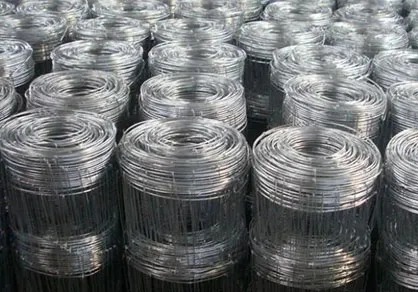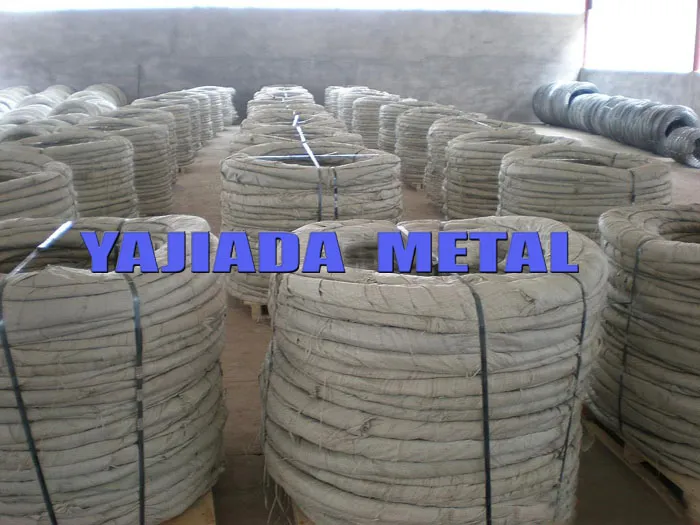

Box nails are similar to common nails but with a thinner shank, ranging from 1 inch to 3.5 inches. This design reduces the chances of splitting thinner materials like wooden panels or drywall. While they do not have the same holding power as common nails, their smaller diameter is advantageous for less demanding structural tasks. Brad nails, the smallest in the lineup ranging from 0.5 to 2 inches, are ideal for lightweight decorative woodwork. Their small diameter and head allow them to fasten thin trims and panels without splitting or requiring concealment, often used in conjunction with wood glue for added security. Choosing the correct nail size goes beyond matching length with material thickness. Environmental factors such as moisture and temperature fluctuations can impact nail performance over time. For projects exposed to the elements, opting for galvanized or stainless steel nails can prevent rust whilst maintaining structural integrity. Moreover, understanding the substrate being nailed can influence nail selection. Hardwoods may require longer and thicker nails to ensure a firm grip, whereas softer woods might need shorter, thinner nails to prevent damaging the material. When selecting nails for a specific task, consider not only the immediate application but also the long-term demands placed on the joint. A nail that easily fits and holds today might prove insufficient as materials expand and contract with weather changes. In conclusion, iron nail sizes are not a mere number but a critical factor in ensuring the success of any construction or DIY project. With the correct size and type of nail, projects become structurally sound, aesthetically pleasing, and durable over time. Delving into the intricacies of nail size selection equips anyone, from seasoned professionals to avid DIY enthusiasts, with the knowledge to execute projects with precision and excellence. Embrace the nuances of nail sizes, and turn what has often been a mundane selection into a strategic decision that underpins the successful execution of your vision.

















